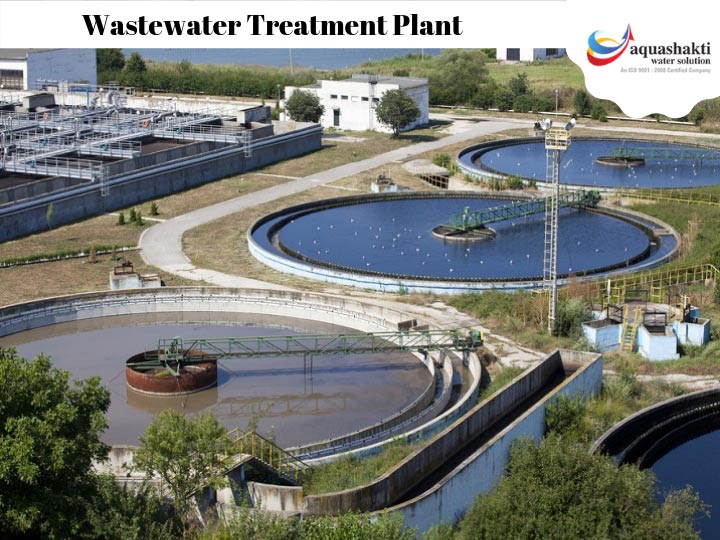Waste water may come from waste, but that does not mean they cannot be further used. As long as the waste water passes through a complete waste water treatment system you can make revive waste water.
Waste water treatment, as the term implies, is the treatment of water that goes to waste. Waste water is the water composed of wastes that come from homes, establishments, hospitals, and factories.
Waste water is not just water; it includes soap, chemicals, oil, scraps of food, various liquids, rain water, and even human waste.Not everyone is aware of the need to treat waste water.
After all, it is already considered as waste and it won’t likely affect your life anymore. But the issue is not as black and white as that. There’s more to waste water than meets the eye.
Why Bother With Waste Water Treatment?
Waste water comes in unbelievably abundant amounts. Nature is equipped with what it basically needs to handle the high levels of waste water it has to deal with, but since waste water has now reached unbelievable heights, nature definitely needs help.
The number one purpose of treating waste water is to help ease nature’s burden. And with the high level of environmental awareness being promoted these days, treating waste water has become even more important.
However, the environment is not the only one in danger if waste water is left untreated. Untreated waste water can pose health risks and other problems in certain industries. On the other hand, the benefits of treating waste water come plenty.
For one thing, treated waste water contributes to the cleanliness of the habitats of marine animals and can help marine plants thrive. Waste water treatment is also especially beneficial for the fishery industry.
Untreated waste water can also dirty up rivers and lakes, and since you never know when you might face the urge to jump into a clear river, making sure that nature’s waters are protected from dirt and possible pollutants is more important than you might think.
Waste Water Treatment Quaranteed
Waste water is often treated using a succession of treatment stages, each one dedicated to cleaning specific contaminants and pollutants in the water. Since there are countless of possible contaminants, chemicals, substances, and whatnots in waste water, one filtration stage is simply not enough.
Thus, you need to first remove silt, sand, human waste, oil, grease, fats, and other floating and visible objects from the water. This is the primary treatment.
Sand is particularly difficult to remove due to its size. After that, water passes through filtration methods that eliminate the hidden contaminants. And after that, the water has to pass through even more levels of disinfection to ensure its cleanliness.

Possible Ways of Treating Waste Water
There are numerous waste water treatment plants available nowadays. Possible waste water treatment processes include constructed soil filters, activated sludge, bead filters, carbon filtering, chlorine disinfection, distillation, desalination, ion exchange, nanotechnology, ozone treatment or trioxygen, ultrasound, and many others.
1. Activated Sludge
An activated sludge uses air in the atmosphere, which is mixed with sewage water after the primary treatment to produce a particular biological substance that helps reduce the water’s organic contaminants.
2. Carbon Filtering and Desalination
Carbon filtering is also a commonly used treatment method for waste water, as it is also commonly used in most other water filtration and purification needs.Carbon filtering involves the use of activated carbon that effectively removes chlorine, sediments, and VOCs.
But they are not effective against salts, minerals, and other inorganic materials.Carbon filtering often works in conjunction with desalination, a process that, in turn, focuses on the removal of salts and minerals.
In some cases, desalination can even produce table salt. However, desalination requires a lot of energy and costly infrastructure.
3. Ion Exchange and Nanotechnology
A commonly known alternative to carbon filtering in the world of water purification and filtration is the ion exchange process, which is used by most water softeners.
Ion exchange means exchanging harmful ions with ions wrapped around resin beads that transfer to the water and taking the place of the harmful ions.
This, however, requires regeneration, and most models require salt supply. Nanotechnology is a highly recommended treatment technology for the removal of nano-particles.
4. Distillation
Distillation, like carbon filtering, is also commonly used in clean water treatment. In distillation, the water is boiled, so the different volatilities are separated into different mixtures. This, however, is a physical cleansing process, not a chemical one.
The Science Behind Sewage Treatment
Sewage treatment, on the other hand, is one of the most thorough waste water treatment procedures around. It has several stages, starting with pre-treatment, primary treatment, secondary treatment, and tertiary treatment.
Primary treatment simply involves sedimentation, secondary uses activated sludge, filter beds, biological aerated filters, membrane reactors, and biological contactors.
Tertiary treatment involves filtration, lagooning, constructed wetlands, and removal of phosphorus and nitrogen. Finally, the process ends with disinfection for clean water guarantee.
